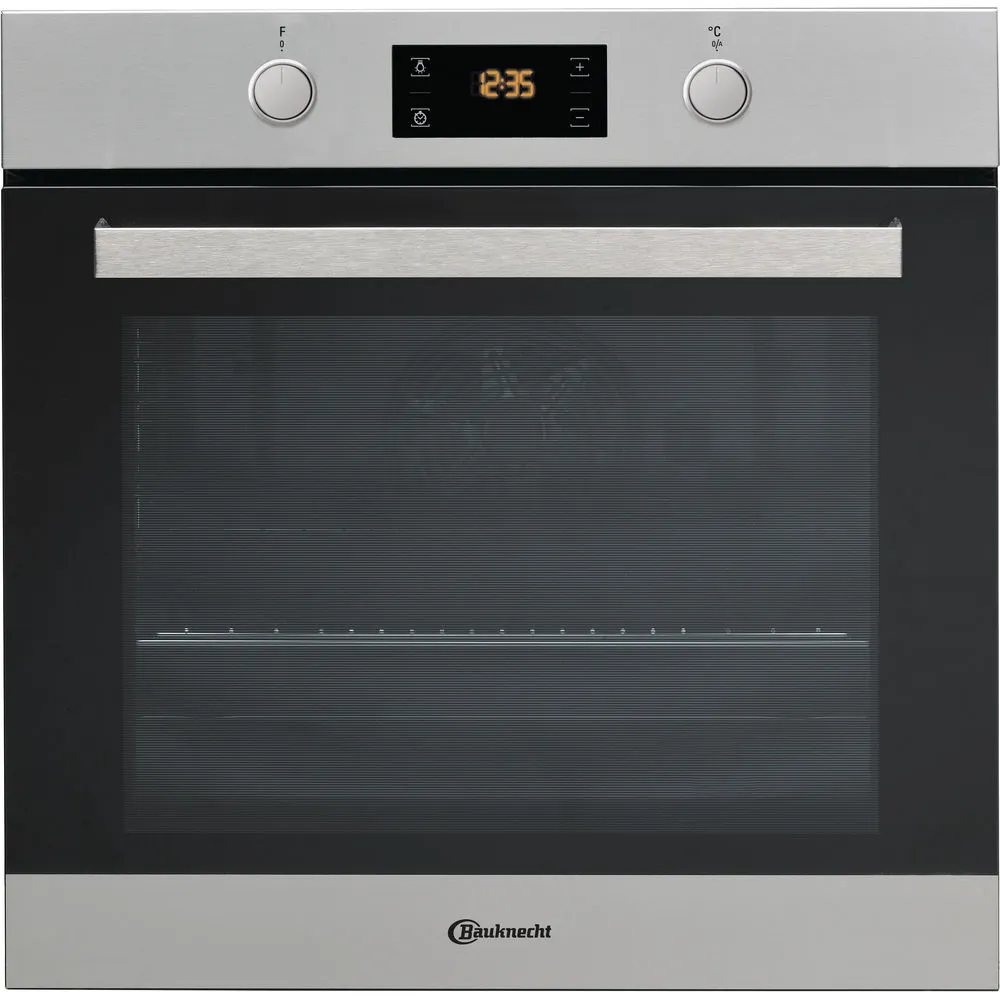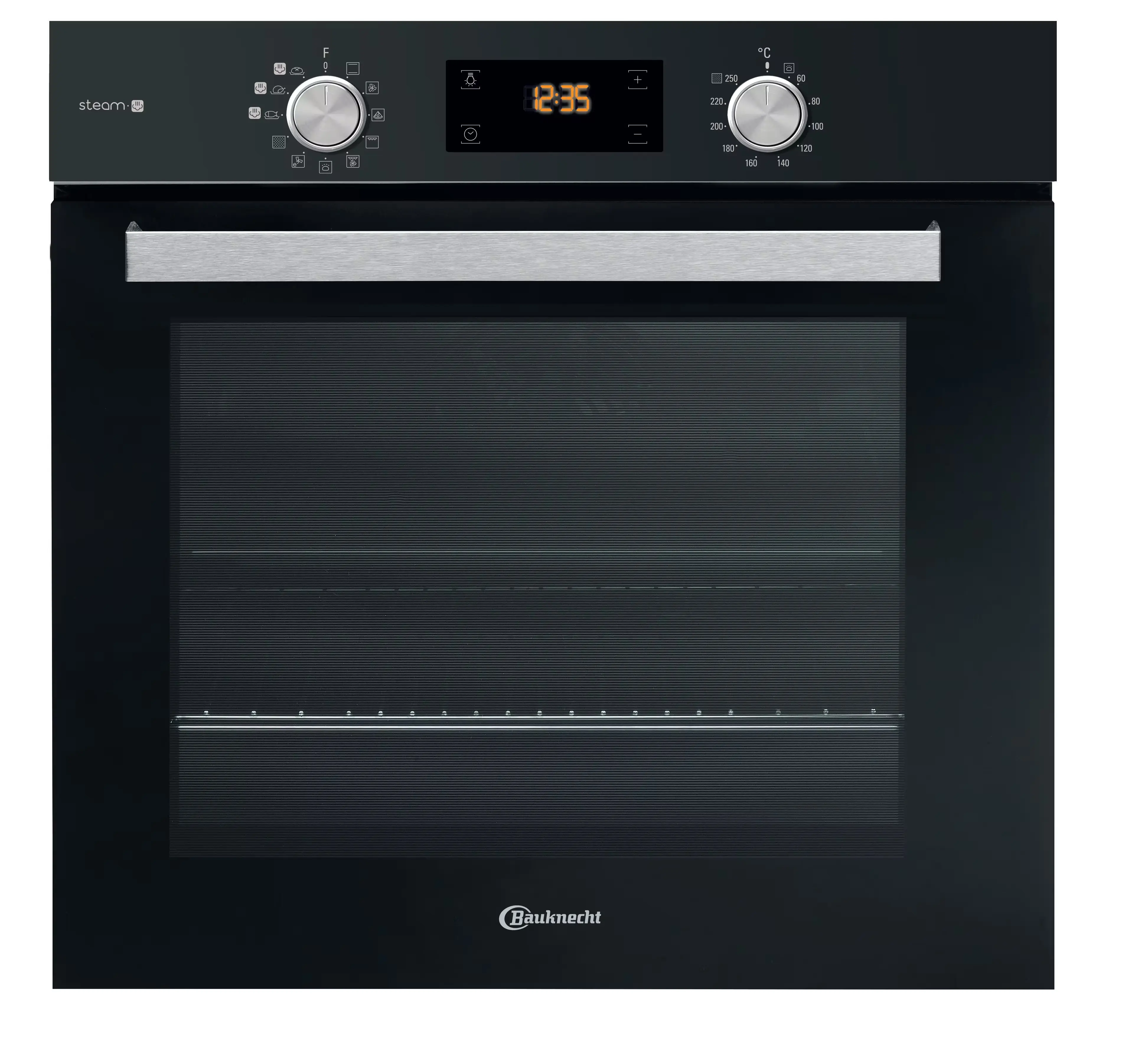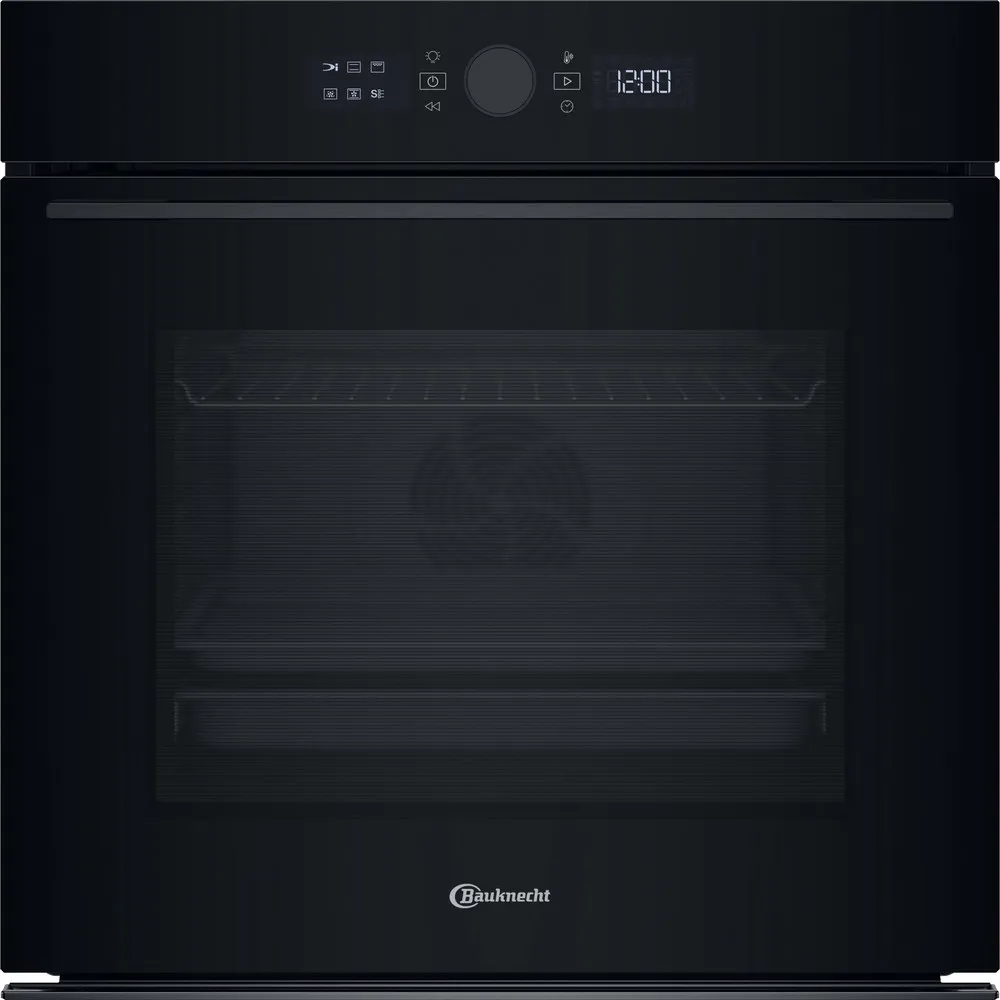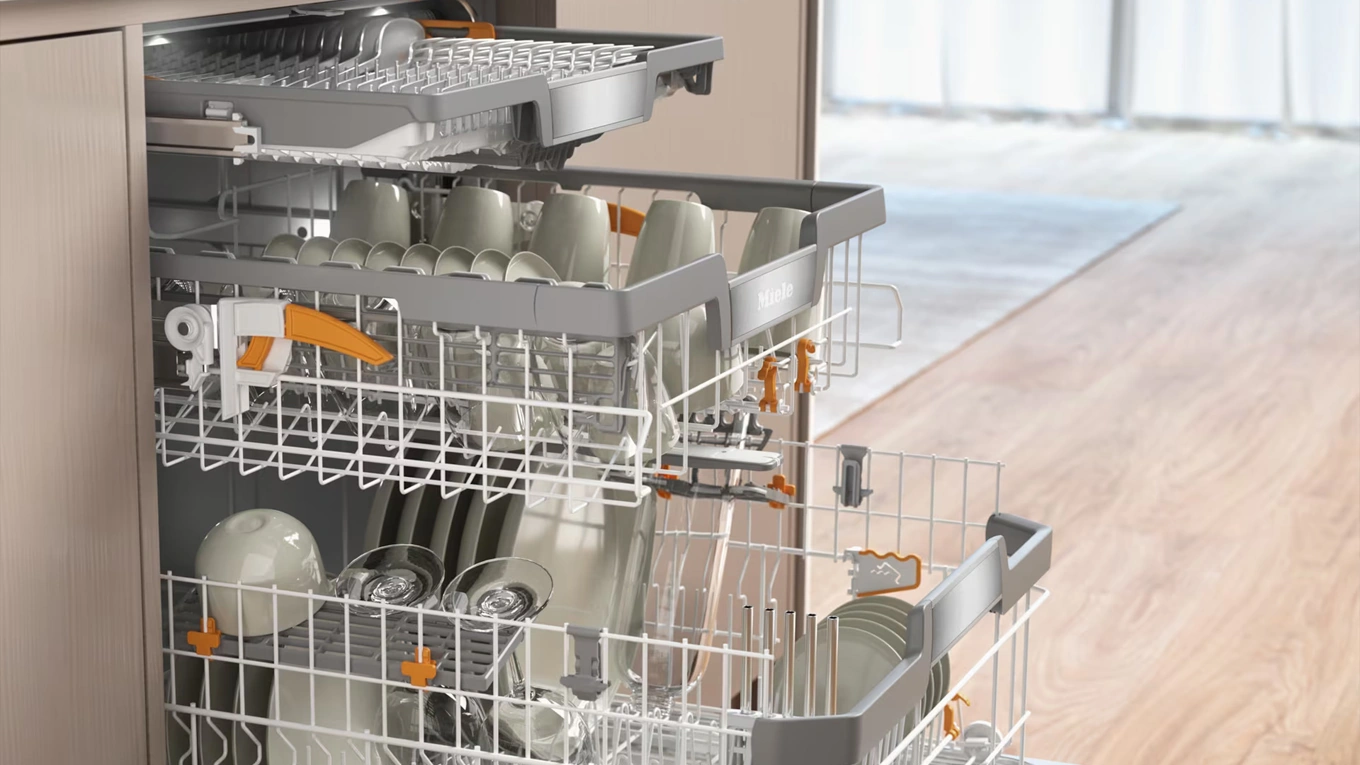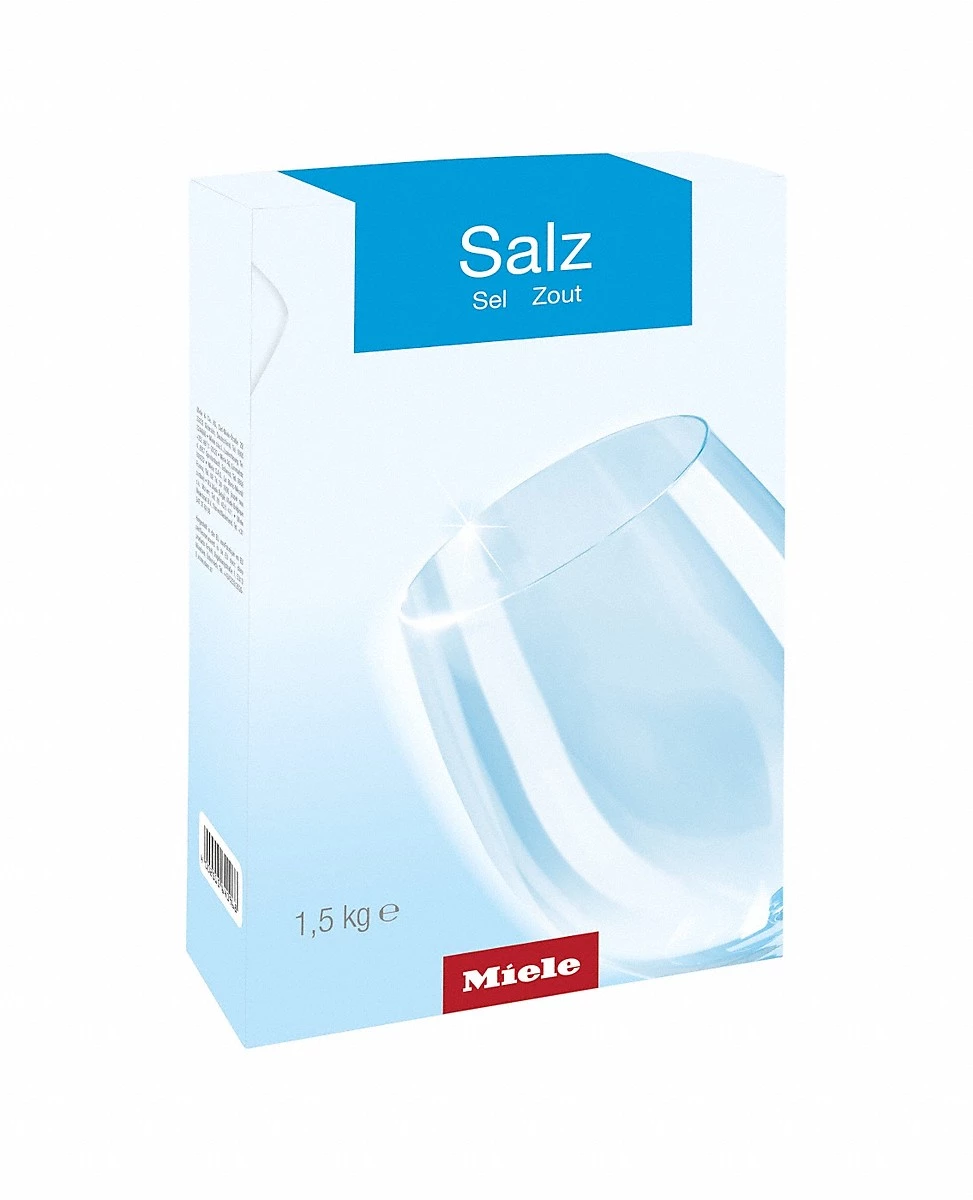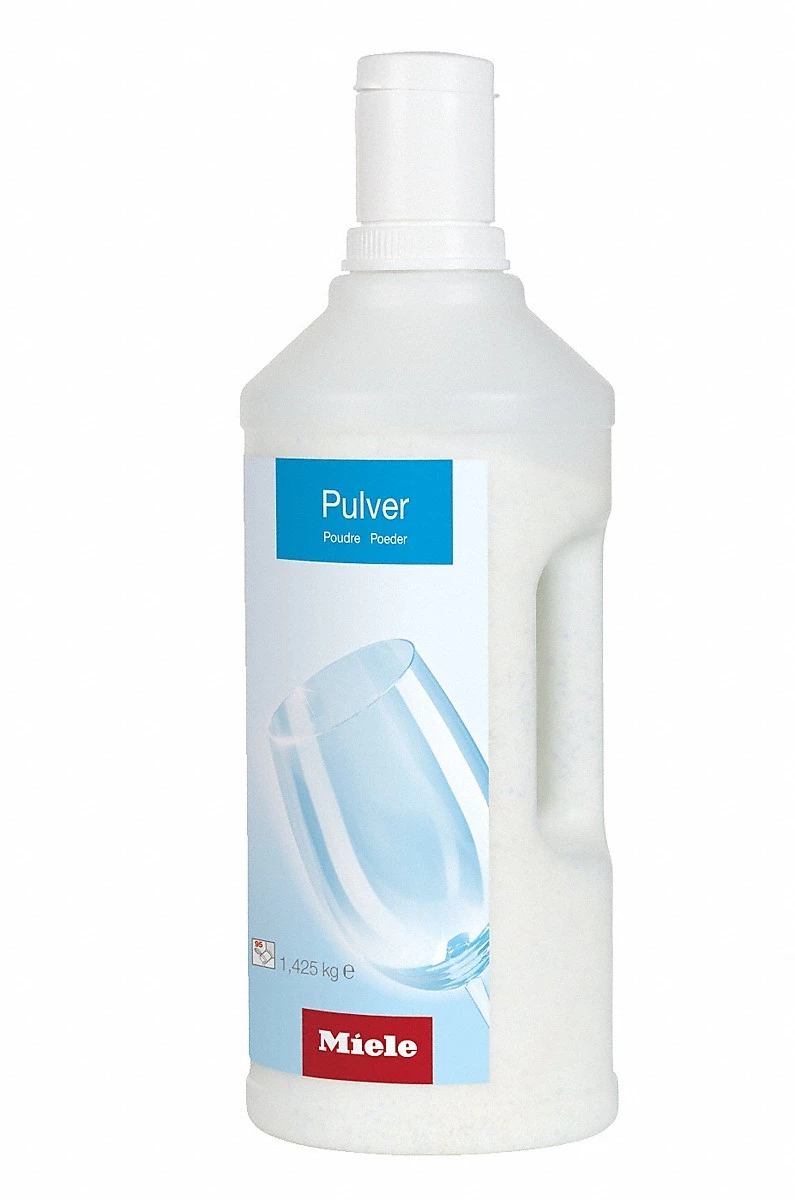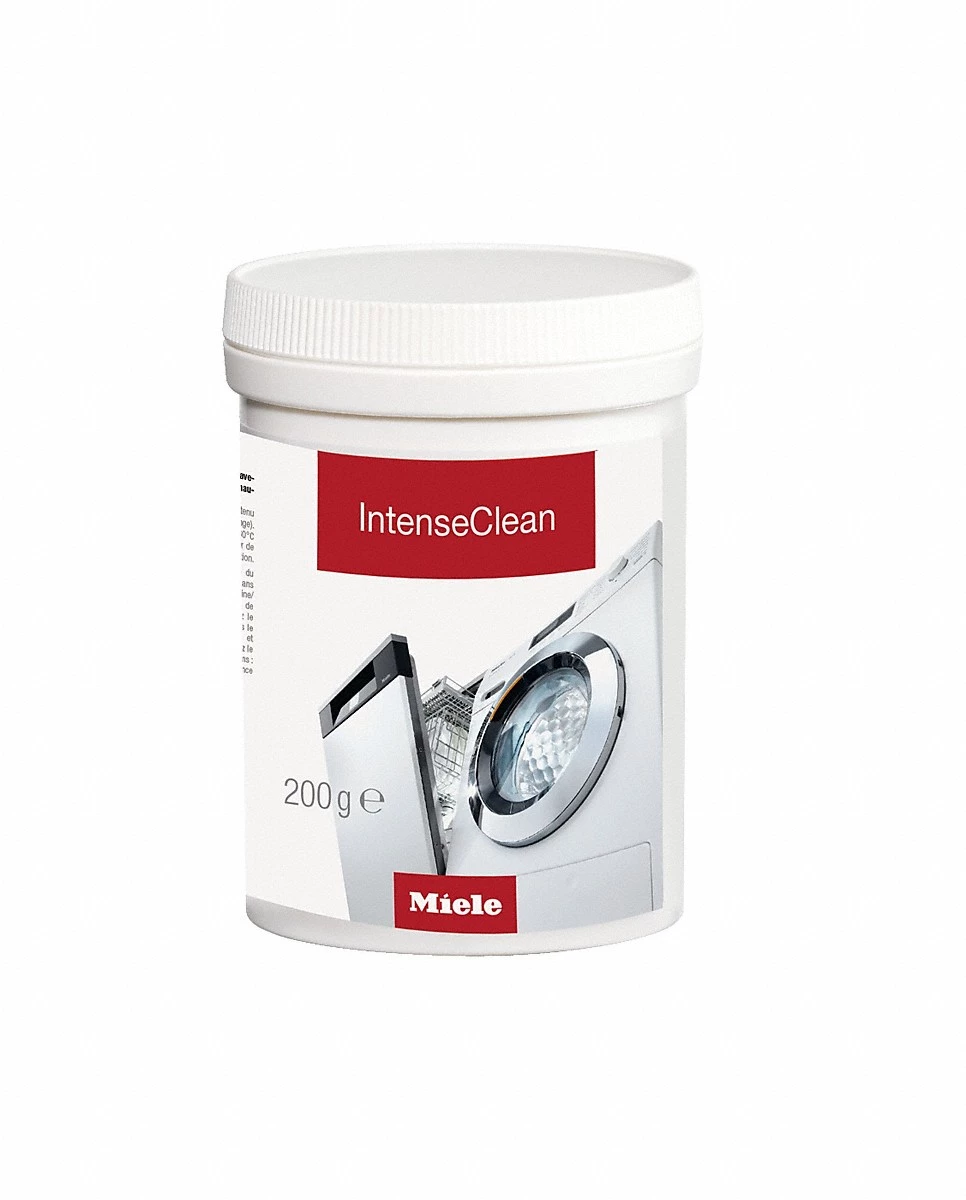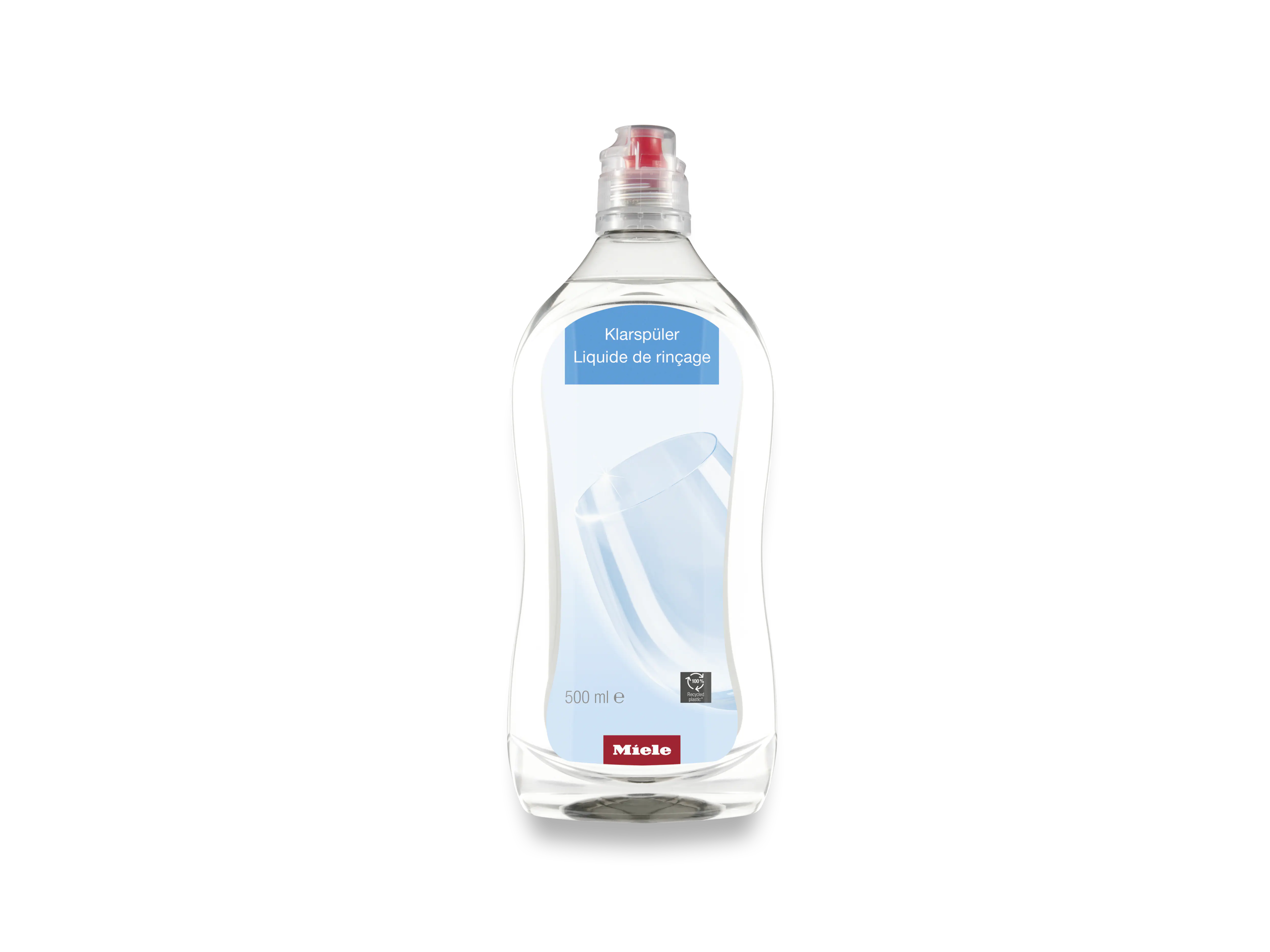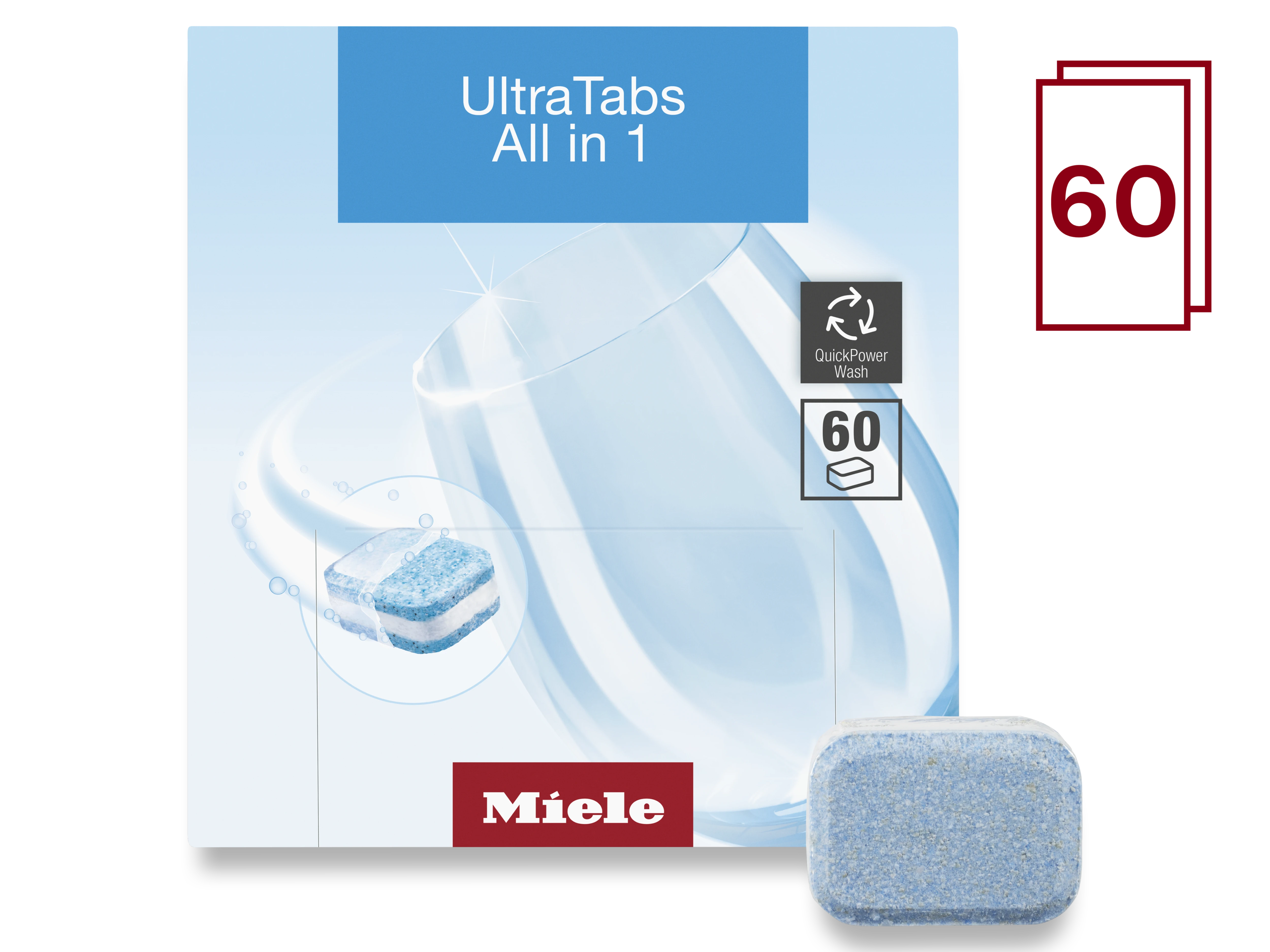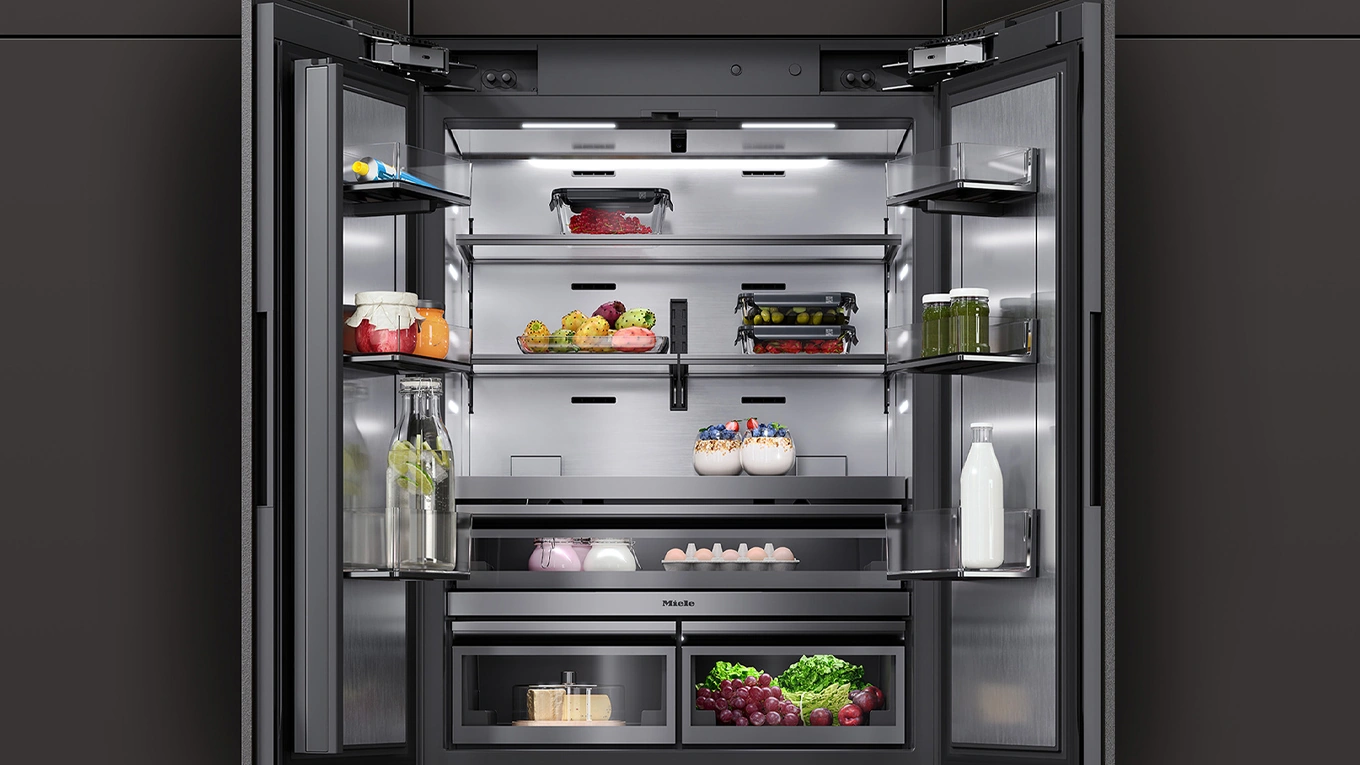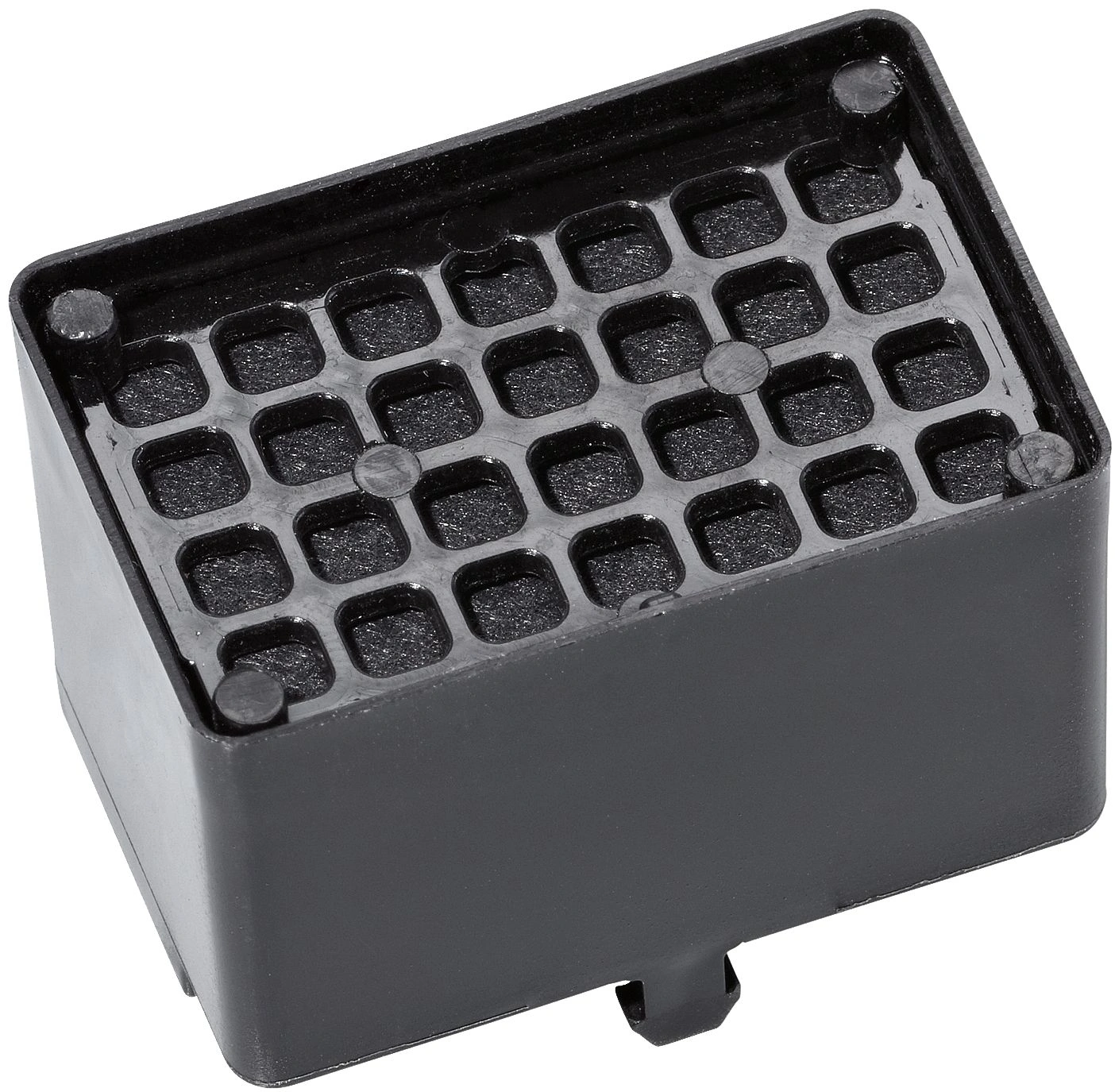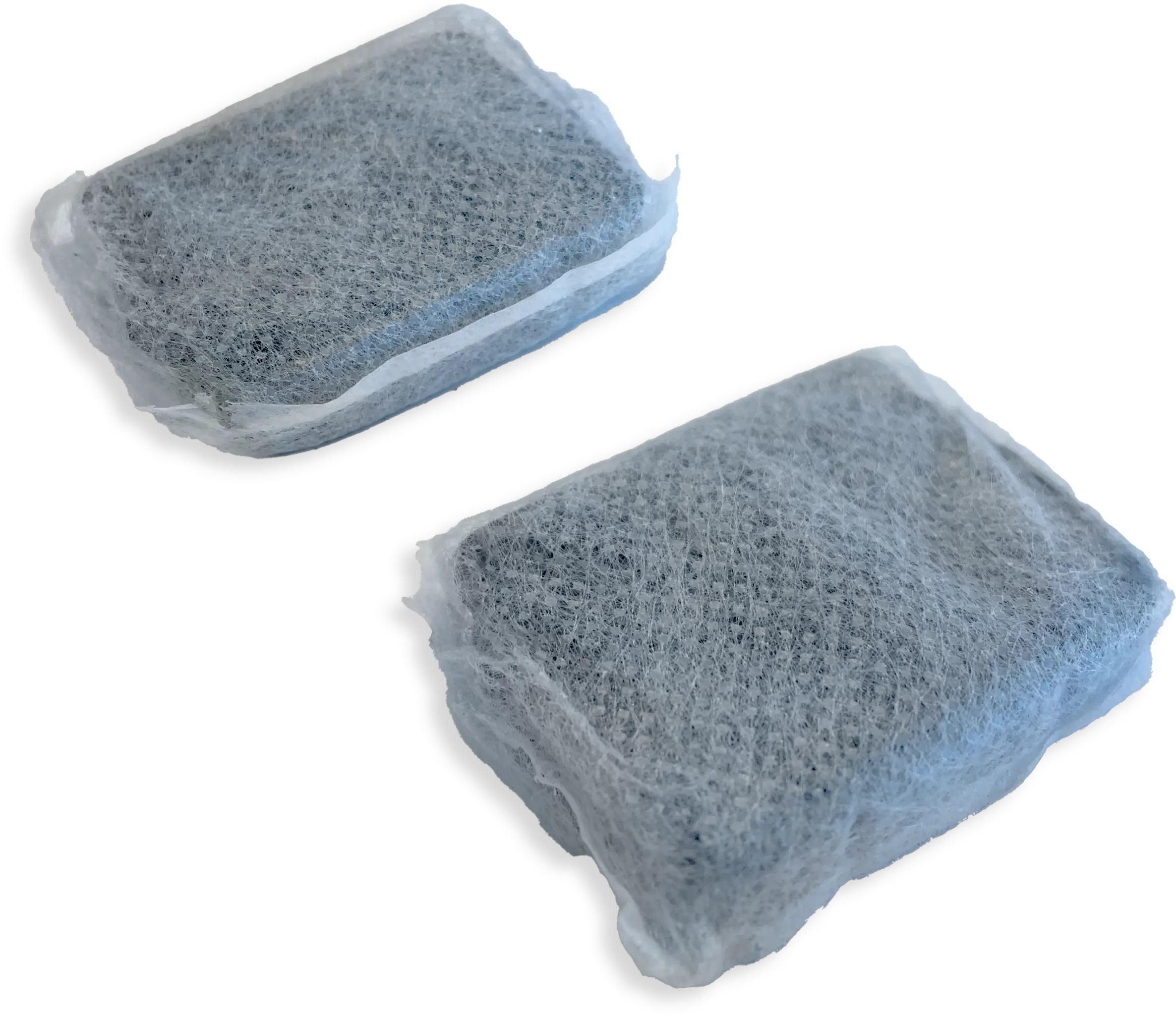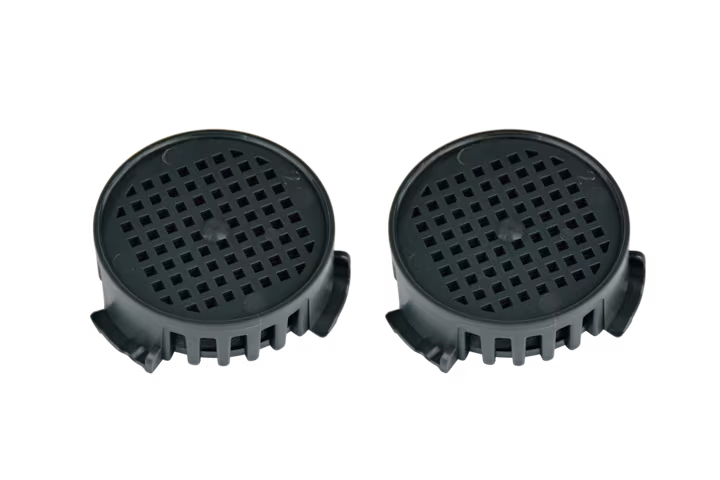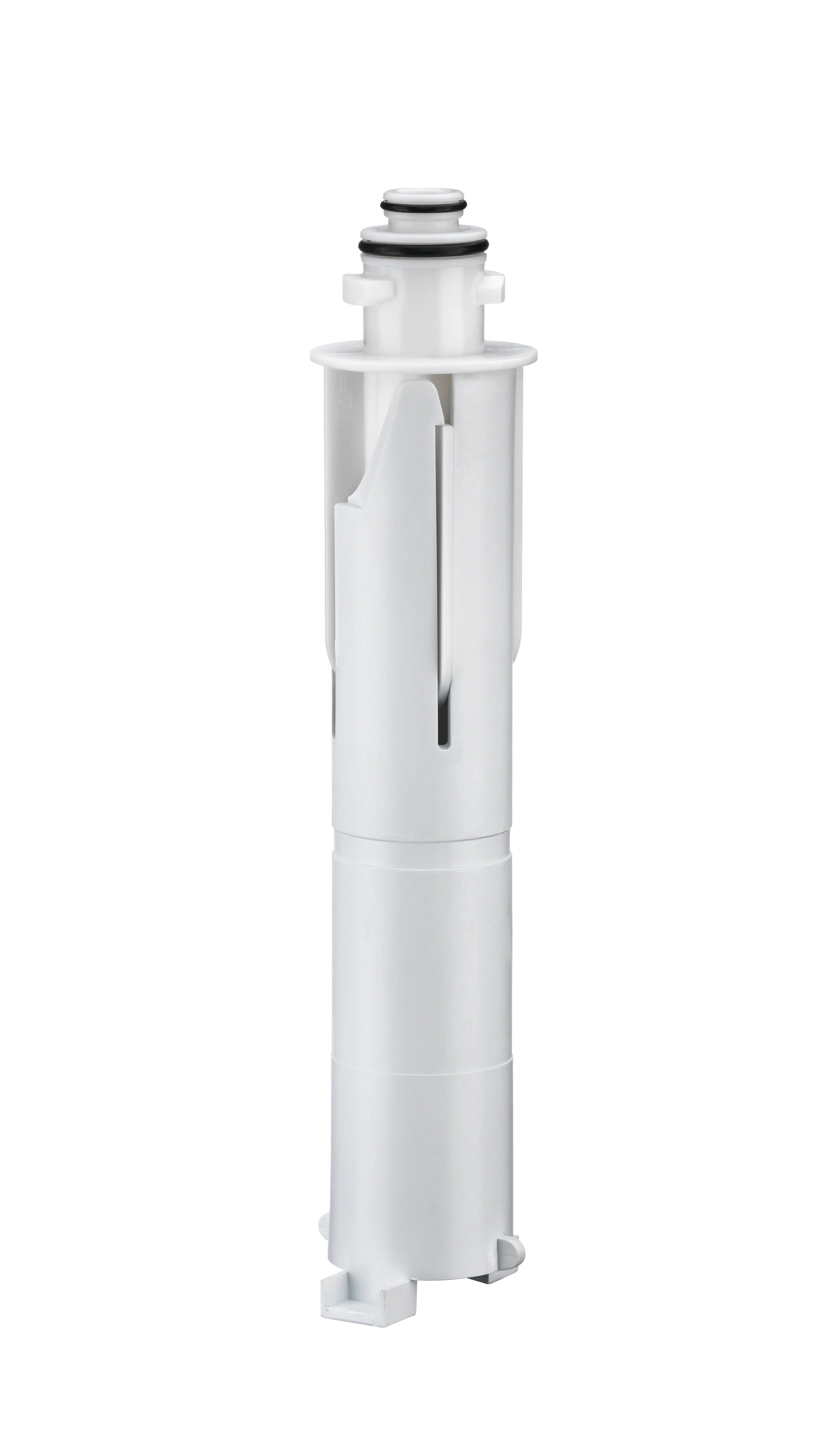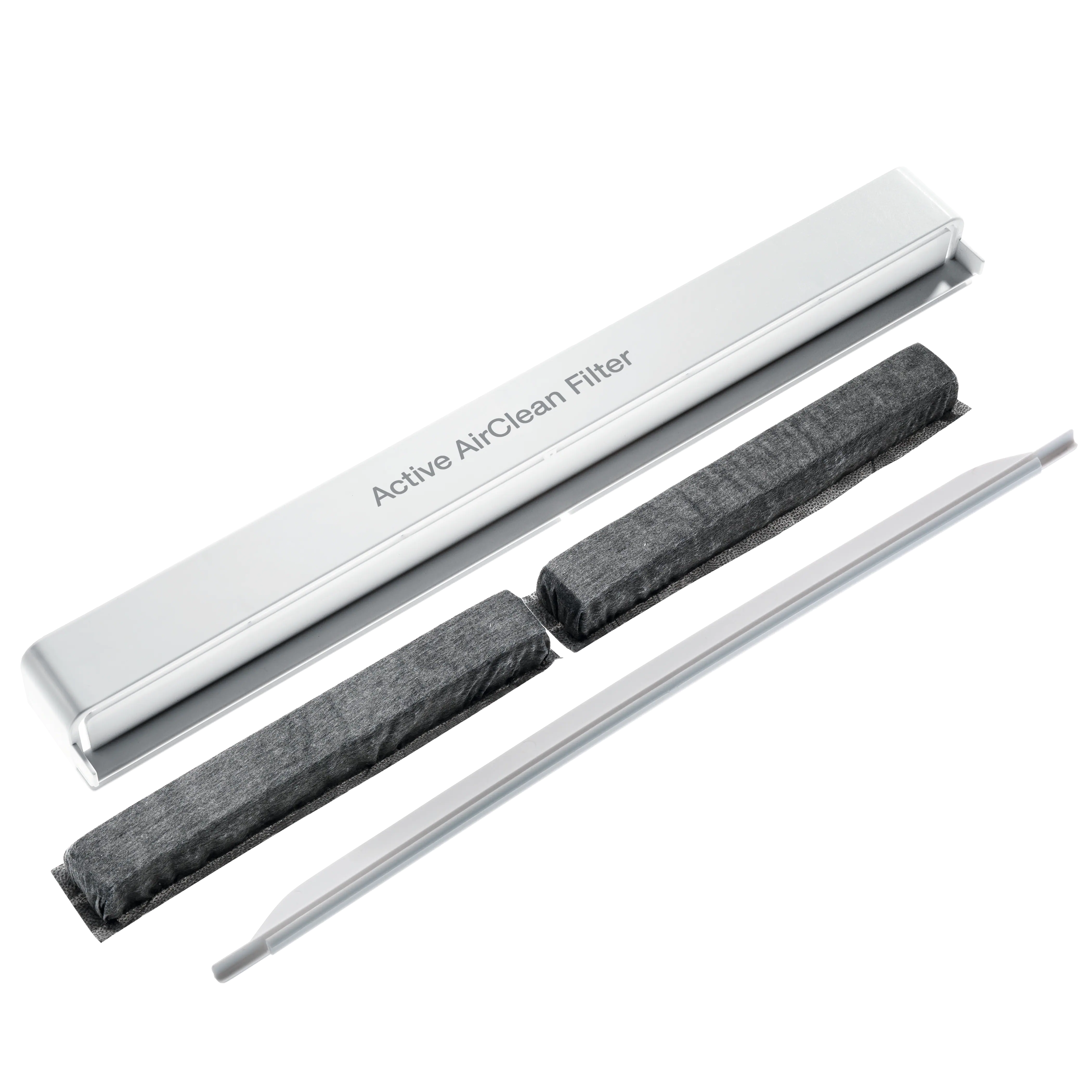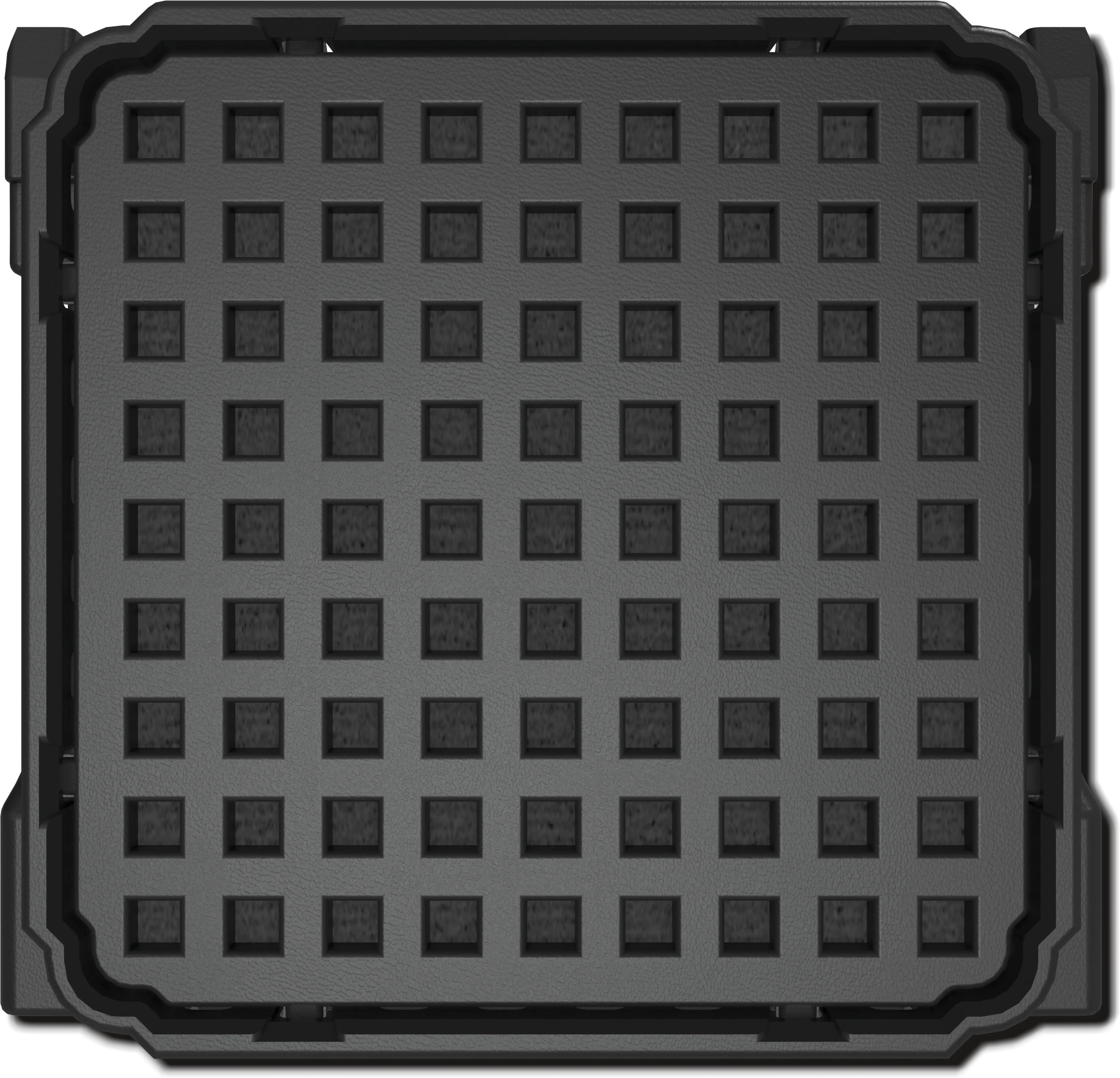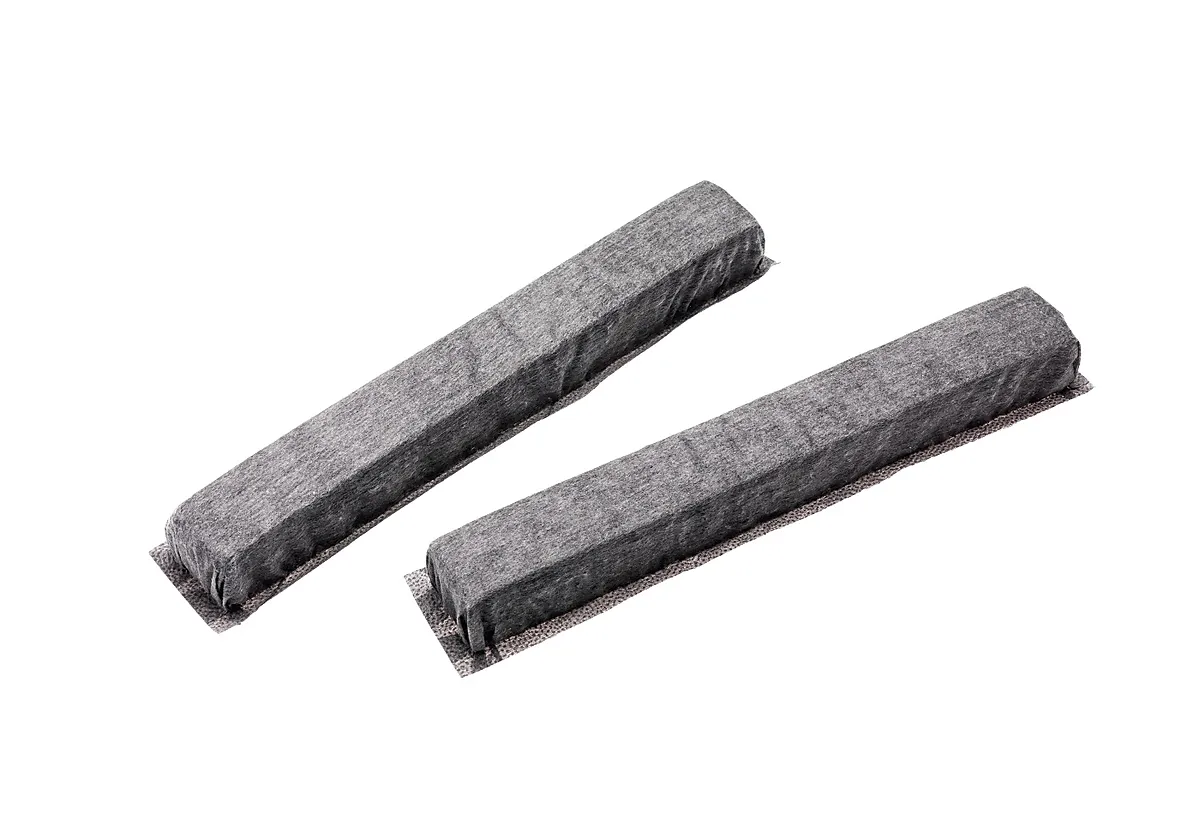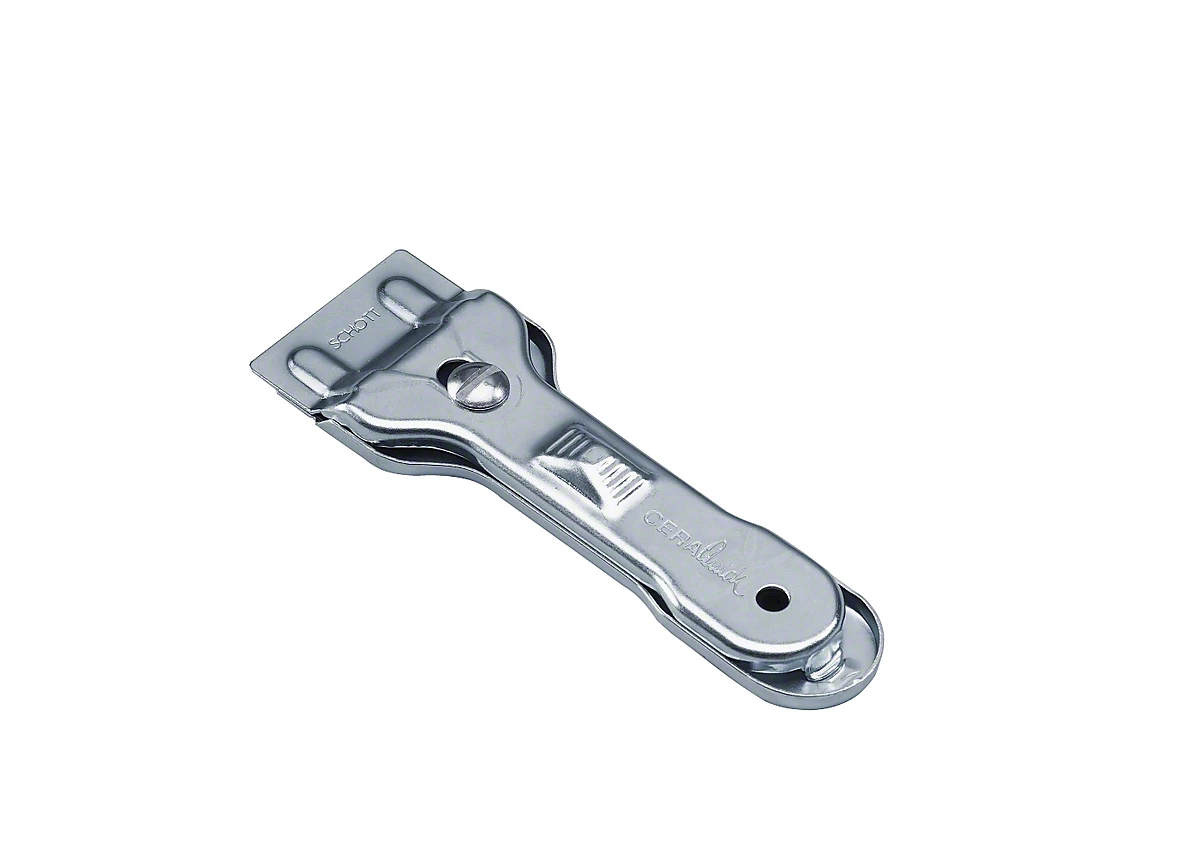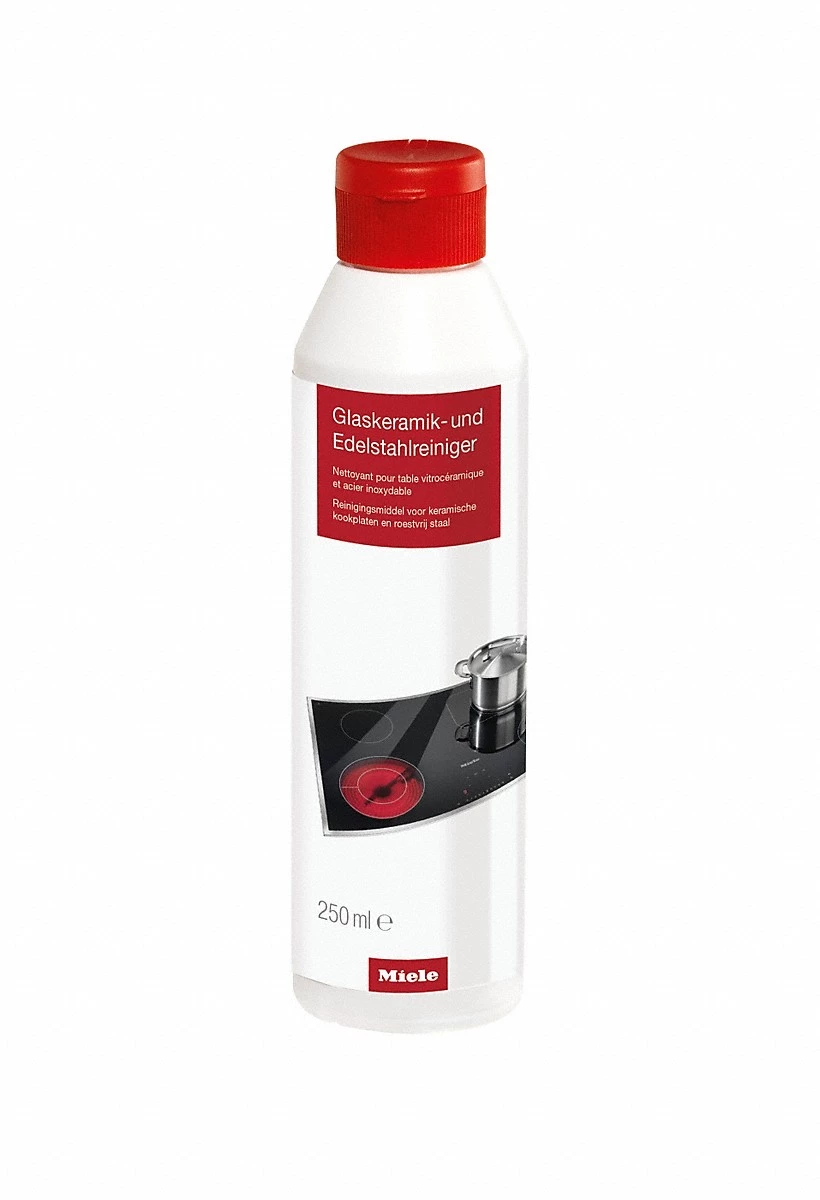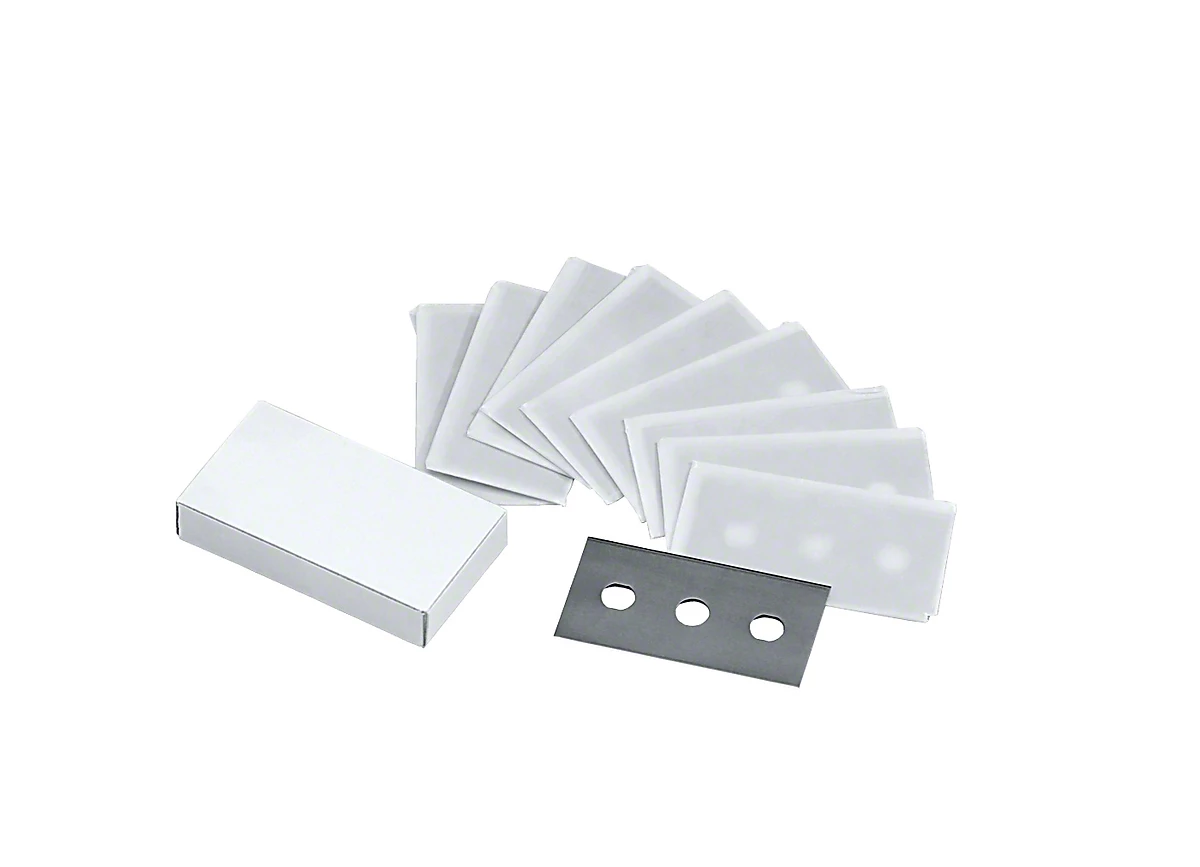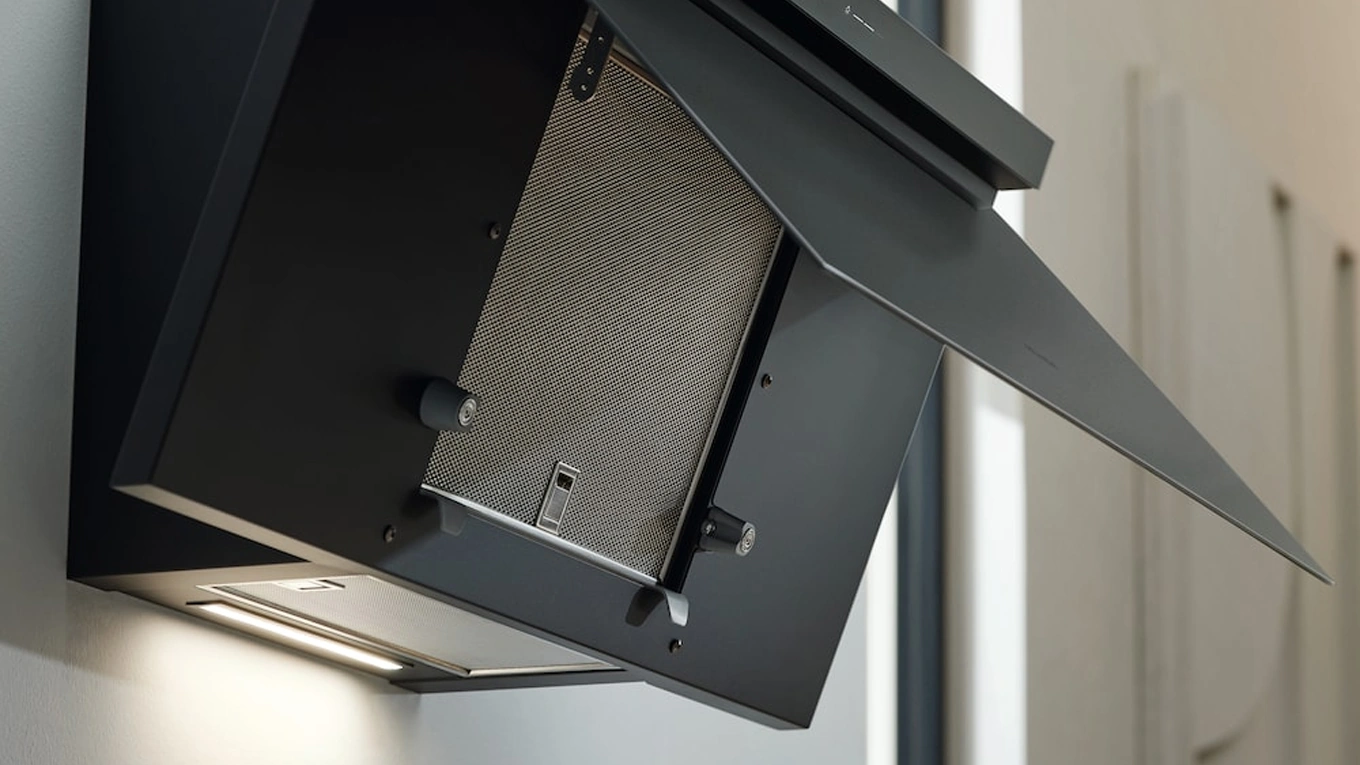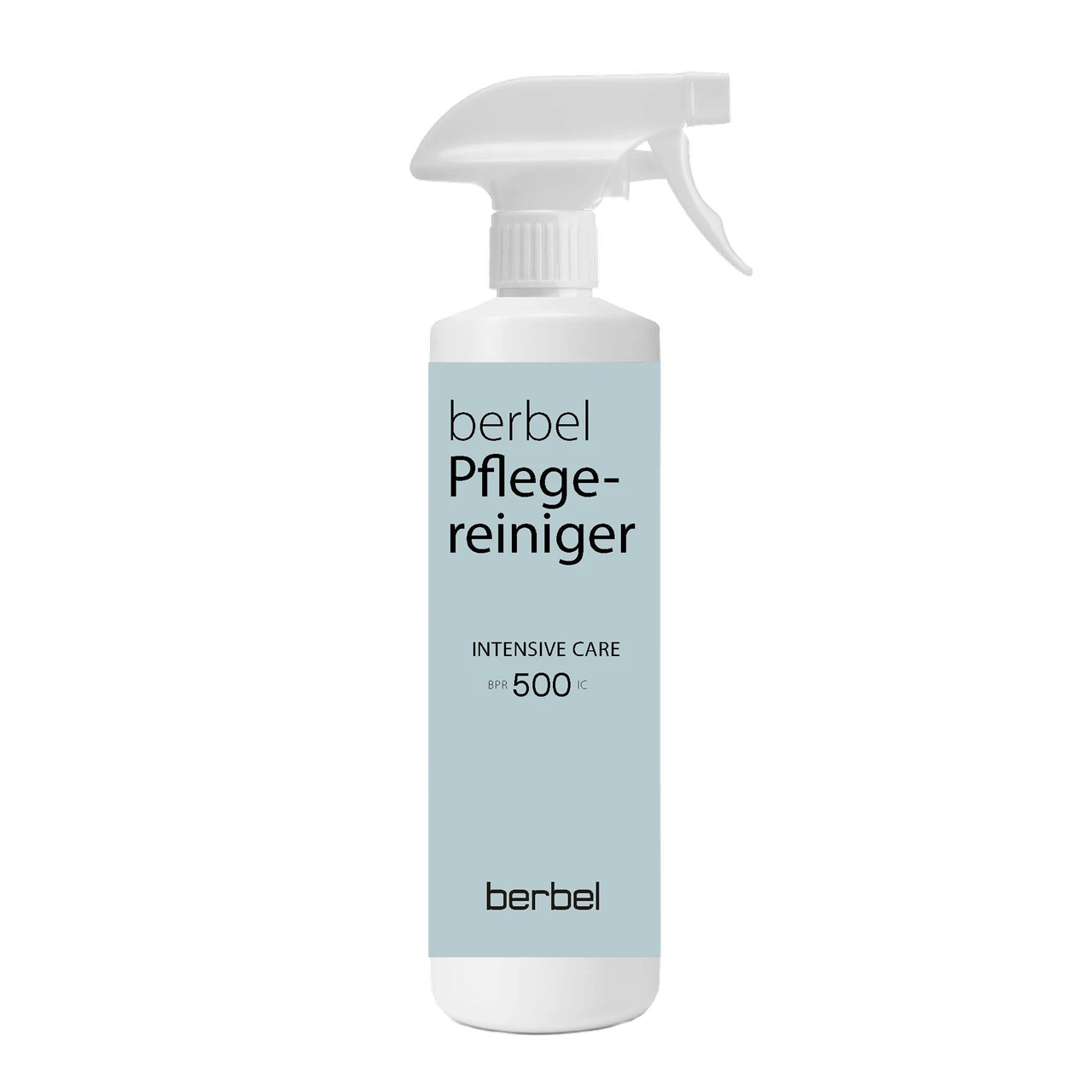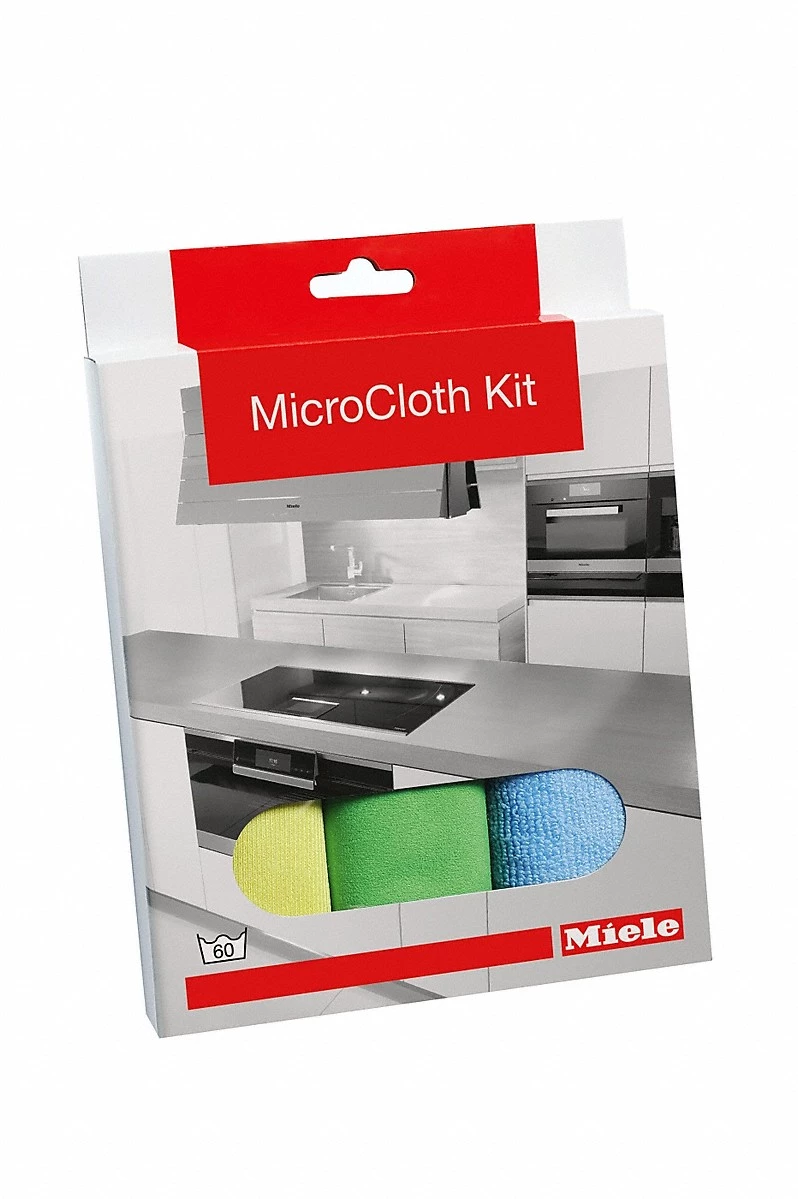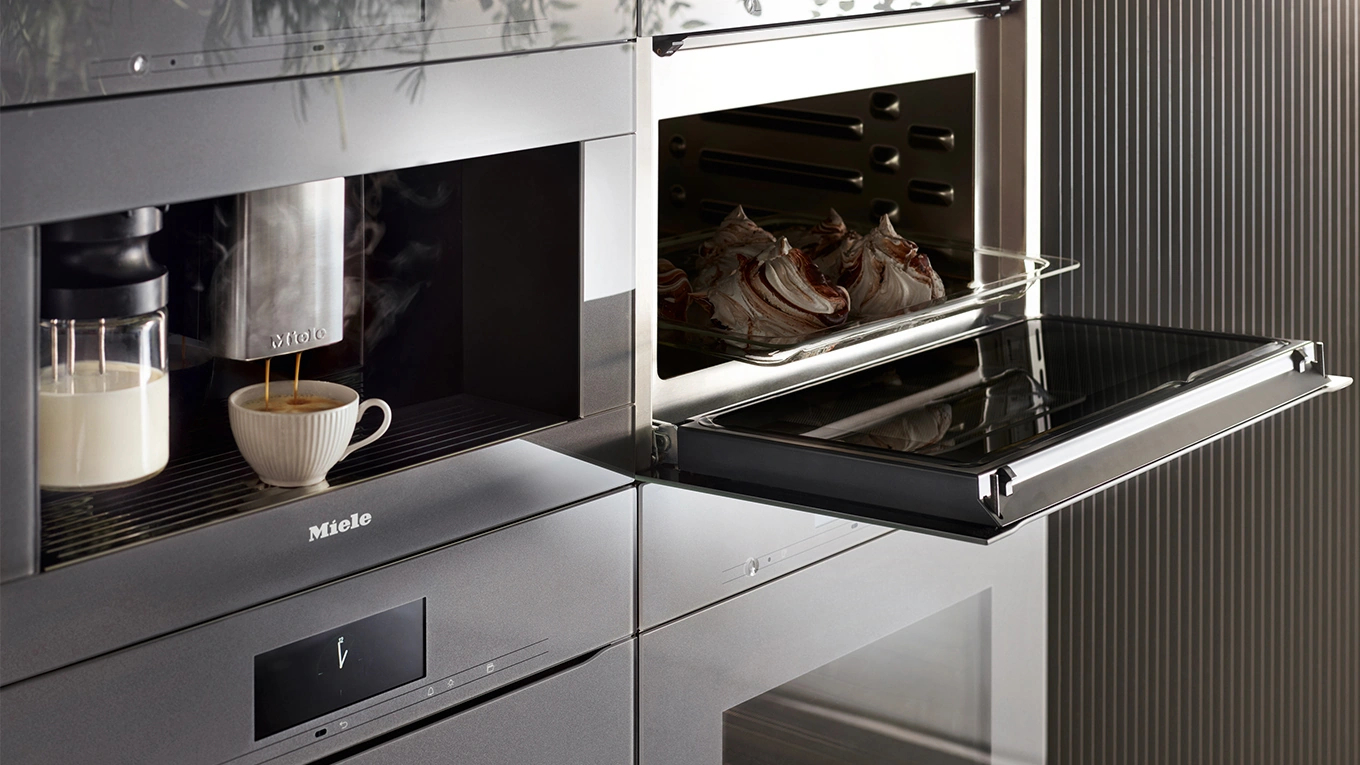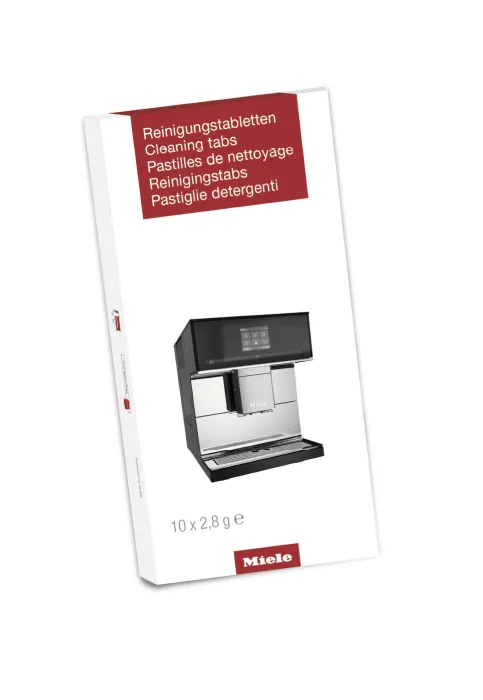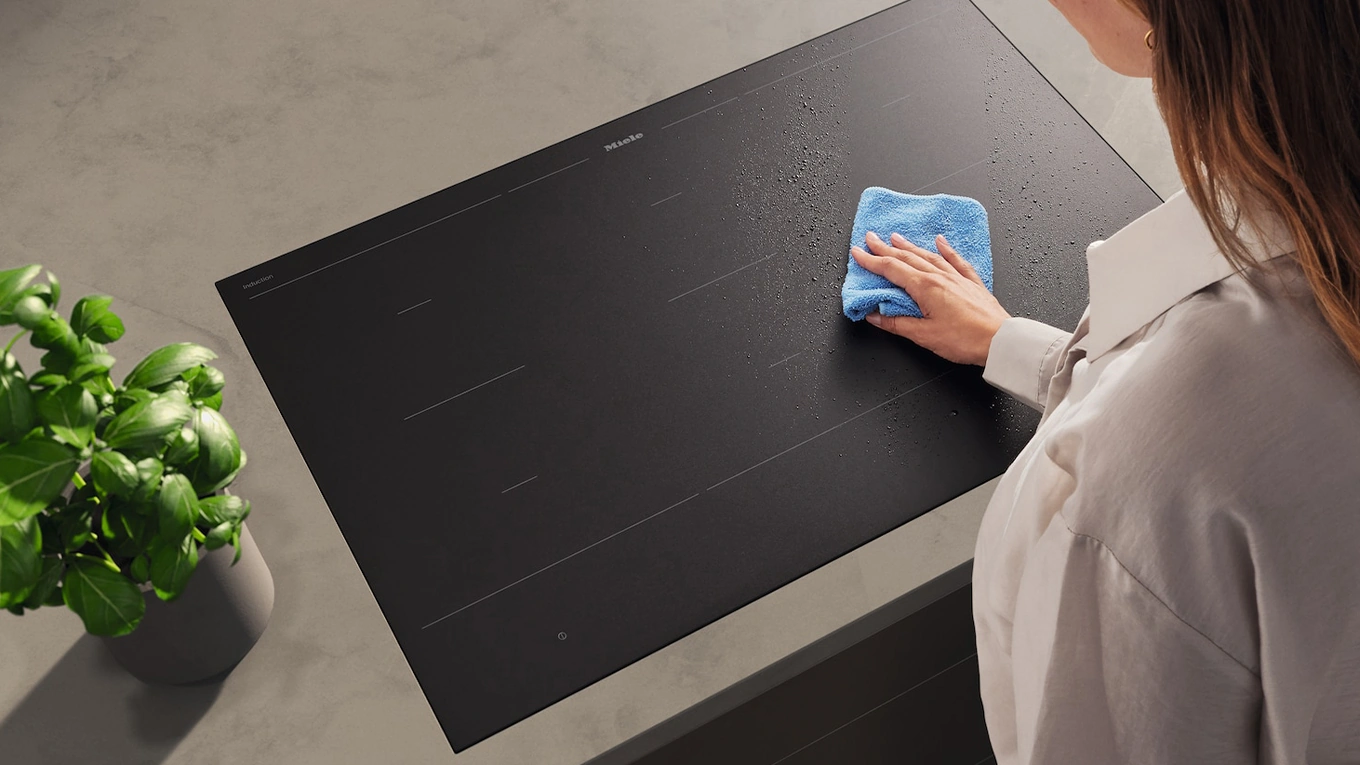
Cleaning kitchen appliances: cleaning and care tips for the kitchen
Cleaning the oven, cleaning the refrigerator or descaling the dishwasher - we show you how to clean kitchen appliances effectively and gently.
Reading time: approx. 3 minutes
Especially when cooking, you make a lot of dirt and rubbish. This is not the only reason why you need to clean the kitchen every now and then. It is also advisable to clean, maintain and care for the lifespan of the kitchen appliances and their energy consumption in the kitchen. At least once a year (or better yet twice), the kitchen should be thoroughly cleaned from top to bottom. This includes both the surfaces and the interior cabinets and appliances. However, the latter cannot simply be cleaned. At least not usually. Electrical appliances that generate electricity should be cleaned with care - taking the manufacturer's recommendations into account. We have therefore summarized how to clean kitchen appliances, what is important for each appliance and how often they should actually be cleaned here in the Mykitchens magazine.

Cleaning the oven
The oven is probably the most difficult of all kitchen appliances to clean. Due to the intense heat, dirt burns into the surface very quickly. What remains is an unsightly surface with burnt food and grease residue. Baking trays and racks are often ruined and difficult to clean. It is therefore no wonder that oven manufacturers have come up with a number of ways to avoid such stubborn dirt in the oven interior. They are developing coated surfaces - both for the interior and for the oven accessories.

Oven self-cleaning
The most effective, however, is the oven self-cleaning function. Here the device cleans itself completely independently, removing dirt at high temperatures. The most well-known is probably the pyrolysis self-cleaning function, which we would like to explain in more detail here. However, there are also other oven cleaning programs. For example, hydrolysis or EcoClean (Bosch) or PerfectClean (Miele).
Oven cleaner
If you don't have a pyrolysis-capable oven or a device with a similar self-cleaning function, cleaning the oven doesn't have to be rocket science. With these products you can clean the oven without much scrubbing:
- Cleaning gel from Bosch, Siemens & Neff
- Miele oven cleaner GP CL H 0502 L
- Gaggenau cleaning gel spray
- Descaling tablets
Special oven cleaners are designed to gently remove grease and other food residues. After a short exposure time, the stains can usually be scrubbed away very easily.
Oven household remedies
You don't always have to use chemical cleaning products for the oven. Simple household remedies also provide more shine and can remove grease. Try a mixture of baking soda, vinegar and lemon juice, for example. After a reaction time of around 30 minutes, the dirt can be easily wiped off. The main advantage of natural oven cleaners is their compatibility. They do not harm people or the environment.
Cleaning the dishwasher
Even if the dishwasher is already a cleaning appliance in the kitchen, it still needs to be cleaned from time to time. It is best to clean this kitchen appliance when it is empty. So run the dishwasher idle in the short program every now and then to remove food residues from the dishwasher. However, dirt also settles in the dishwasher where you cannot see it straight away. More specifically, in the sieve or in the tentacles. Therefore, in addition to regular short cleaning, the dishwasher should be cleaned intensively.
How often should you clean the dishwasher?
An intensive dishwasher cleaning every three months is sufficient. To do this, clean the interior, sieve, seals and pipes using cleaning agents or household products.
You will notice that the machine is ready for cleaning when a program takes longer than usual. You should also clean the dishwasher if the dishes are no longer getting properly clean or if limescale spots appear on the glasses.
Dishwasher cleaners & descalers
You can clean the interior of the dishwasher with special cleaners and tabs. Fill these into the powder compartment and start a washing program at at least 60°. The same applies to descalers. Please read the package insert for instructions on how to use them.
Home remedies for dishwashers
As with the oven, you can also clean the dishwasher with home remedies. For example, use a mixture of baking soda and lemon to achieve a clean result. Simply pour the mixture into the powder compartment and run a short program. After that, the dishwasher will shine almost like new.
Cleaning the refrigerator
The more complex cleaning involves taking care of the refrigerator and freezer. After all, this is one of the largest kitchen appliances that must first be emptied and turned off. Nevertheless, it is important to clean the refrigerator regularly. If dirt and dust accumulate in the wrong places, it can quickly become expensive. Deposits cause heat. The refrigerator then cools until it has balanced the temperature again. This drives up energy costs unnecessarily. For this reason alone, the refrigerator should be cleaned regularly inside and out.
How often should you clean the refrigerator?
The ideal time to clean is before your weekly shopping and before or after your vacation. This is because the refrigerator is comparatively emptier and it is easier to store food as long as the appliance is turned off for cleaning.
You don't always have to clean everything. The interior should be cleaned regularly, i.e. at least once a month. Clean shelves, walls, boxes and seals with a damp cloth and a little washing-up liquid. Special cleaners are only necessary for stubborn dirt or mold.
Remove odors from the refrigerator
Where a lot of food is stored, (unpleasant) odors often arise. Some modern refrigerators have filters that remove odors from the refrigerator. The old-fashioned way to freshen up the refrigerator is to use baking soda or coffee powder.
However, the general rule is: keep the interior clean and tidy! This includes regularly checking the food, checking its shelf life and storing it in boxes or cans.
Refrigerator home remedies
Whenever you come into contact with food, it's worth using natural home remedies to clean kitchen appliances. An effective and natural alternative to chemical refrigerator cleaners is vinegar or lemon water, for example. Simply pour the water mixture onto a cloth and then wipe the surfaces with clean water.
Cleaning the hob
The hob in the kitchen is used every day and is therefore particularly susceptible to dirt. Here the surface comes into contact with water, starch and grease. As with the oven, these residues can easily burn in. This causes unsightly stains. For this reason, you should clean your hob after each use. A damp cloth is usually sufficient for this. Perhaps mixed with a little washing-up liquid. Wait until the cooking surface has cooled down before cleaning and then remove any residue or dust from the hob. Depending on the type of hob (induction, electric or gas) you have in your kitchen, you need to consider a few cleaning tips.

Cleaning induction cooktop
Induction hobs are relatively easy to clean. This is because they have a smooth surface. It is also harder for things to burn or spill over on this surface because induction hobs only generate heat where it is actually needed. If something does spill, you can clean stains on the induction hob with a special cleaning agent for glass ceramic or a splash of lemon juice. The (chemical) cleaners have the advantage that they also form a protective layer on the glass. This means that dirt does not stick so quickly in the future.
Cleaning the glass ceramic hob
With an electric hob, food that spills over can burn onto the hob more quickly and is therefore not as easy to remove as with an induction hob. Wait until the hob has cooled down and then clean the area with a damp cloth and a little detergent. Streaks on the hob can be easily removed with a dry cloth.
Stubborn and dried food residues on the hob can be removed using a cleaning scraper. This was specially developed for glass ceramic hobs, so please only use these hob scrapers for glass ceramic hobs. Other (sharp) objects can damage the surface. The result is unsightly scratches or even deep cracks that make it impossible to use.
Cleaning the gas hob
Cleaning the gas hob is a little more difficult than cleaning smooth glass ceramic. This is mainly because the hob is not level. You have to remove the burners and pan supports and check them for damage before reinstalling them.
When cleaning gas hobs, always pay attention to the condition of the surface: Is it stainless steel? Then avoid using an abrasive cleaning product. This could scratch the surface and destroy the structure. Is the hob made of glass ceramic? Then you can also use a hob scraper, like for electric hobs, to remove dirt.
When removing the burners on the gas hob, be careful around the gas glands so as not to damage them. Use a sponge, water and detergent to clean them and then dry the burners thoroughly. Remove the cooled pan supports from the hob and clean them with a grease-dissolving agent. Light dirt can also be removed with detergent and water.
Cleaning the extractor hood
Extractor hoods filter grease and cooking smells in the kitchen. But only if they have special filters that convert or remove the air inside. In order for these to work properly, however, extractor hood filters must be cleaned and replaced regularly. Depending on the type of extractor (extraction air or recirculation), you must proceed differently if you want to clean the extractor hood.
Change the filter
The device sometimes tells you when you need to clean the extractor hood. Some models have a so-called grease filter saturation indicator, which shows you when the filter can no longer absorb grease. Otherwise, you can use the following information to change the filter:
- Metal filters are cleaned several times a month, ideally every 14 days.
- Activated carbon filters are replaced twice a year or regenerated in the oven and replaced after about five years.
Metal filters are cleaned under running water. Some models are also dishwasher safe. Ask the manufacturer for more information. This information is often included in the instructions for use or directly in the item description in our shop.
Cleaning the cooktop extractor
A special feature of extractor hoods is the cooktop extractor. This is installed directly on the cooktop and therefore comes into contact with food residues a little more than a classic extractor hood. However, with a cooktop extractor, the individual parts can usually be easily removed and cleaned in the dishwasher. This makes cleaning the cooktop extractor a little easier than with a conventional extractor hood.
Cleaner for extractor hoods
The extractor hood can also get dirty on the outside, especially. Most extractor hoods are made of stainless steel, aluminum or glass - surfaces that can be very sensitive. Therefore, always use cleaning products that are suitable for these surfaces. It is best to wipe the hood with a lint-free cloth or a microfiber cloth if necessary. For more stubborn stains and grease deposits, extractor hood care products are necessary.
Cleaning the coffee machine
It has a reputation for being particularly dirty and requiring a lot of maintenance: the coffee machine. But above all the fully automatic coffee machine. A lot of coffee settles inside. Milk pipes and containers must be cleaned regularly. Limescale can also settle inside, which means that descaling is required from time to time. Sounds like a lot of work. But in principle it isn't. If you follow some of these cleaning tips for the coffee machine.
How often do you have to clean the fully automatic coffee machine?
It is ideal if you clean the machine every day. At least the parts that you can easily remove and wash. These are mainly the brewing unit, the drip tray and the milk container with hose. The coffee machine should be thoroughly cleaned after about 200 cups of coffee. Use special cleaning tabs in combination with the coffee machine's self-cleaning program to thoroughly remove dirt and residue.
Descale coffee machine
You should also remove limescale residue regularly. A descaling program should be carried out at least once a month - more often if the water is very hard. You should use special descalers for coffee machines for descaling. It is a good idea to use products recommended by the manufacturer. Sometimes, however, it doesn't hurt to use other brands. Especially if you have the feeling that the descaler is not working properly.
Coffee machine cleaner
Cleaning products for the coffee machine Discover the best cleaners and descalers for coffee machines from our manufacturers here:
- Cleaning tablets for fully automatic coffee machines & thermos flasks
- Cleaning tablets for fully automatic coffee machines
- Cleaning brush for milk system
- Care set for fully automatic espresso machines
- Descaling tablets from Miele
- Autocleaner for fully automatic cleaning

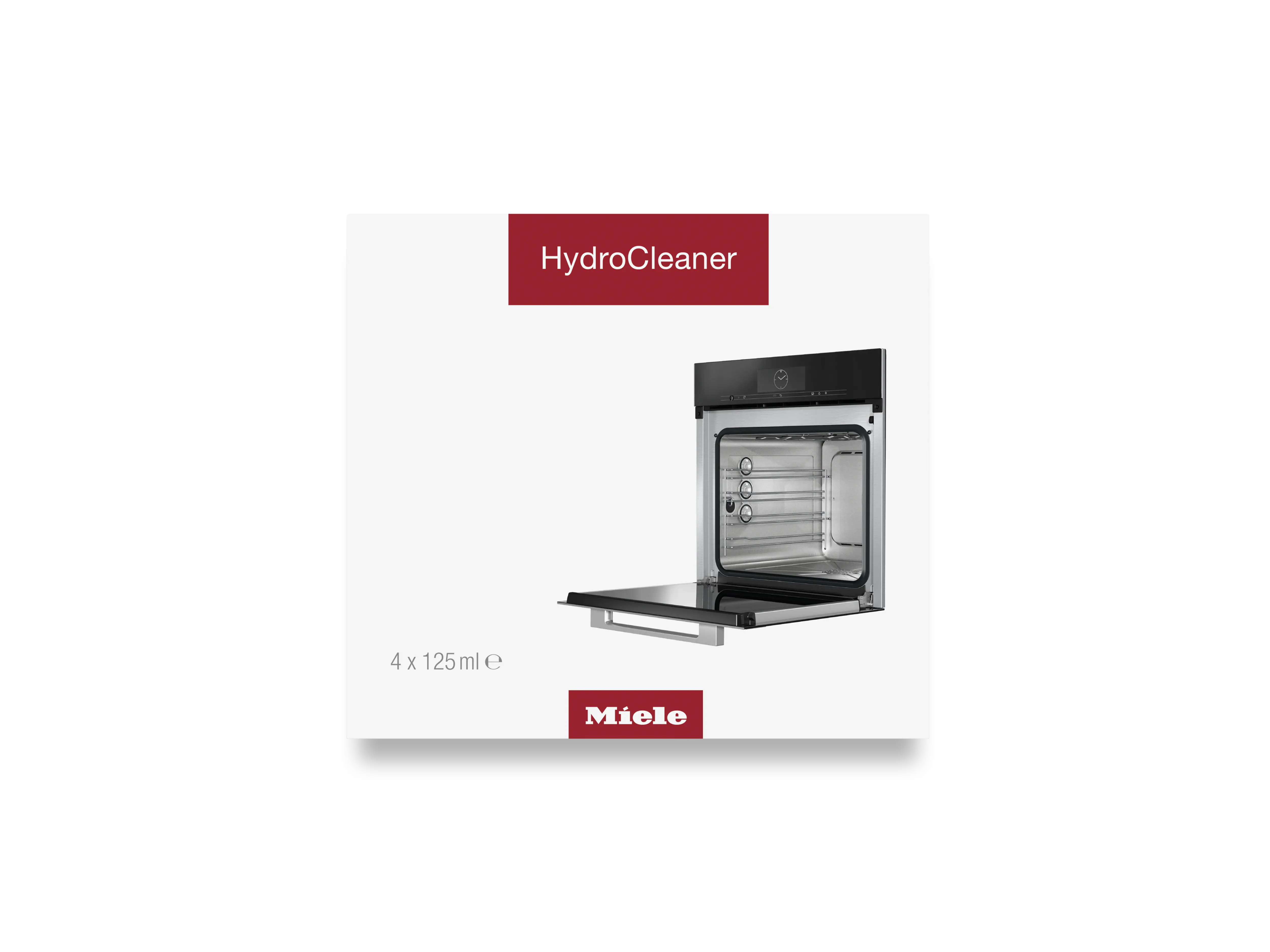
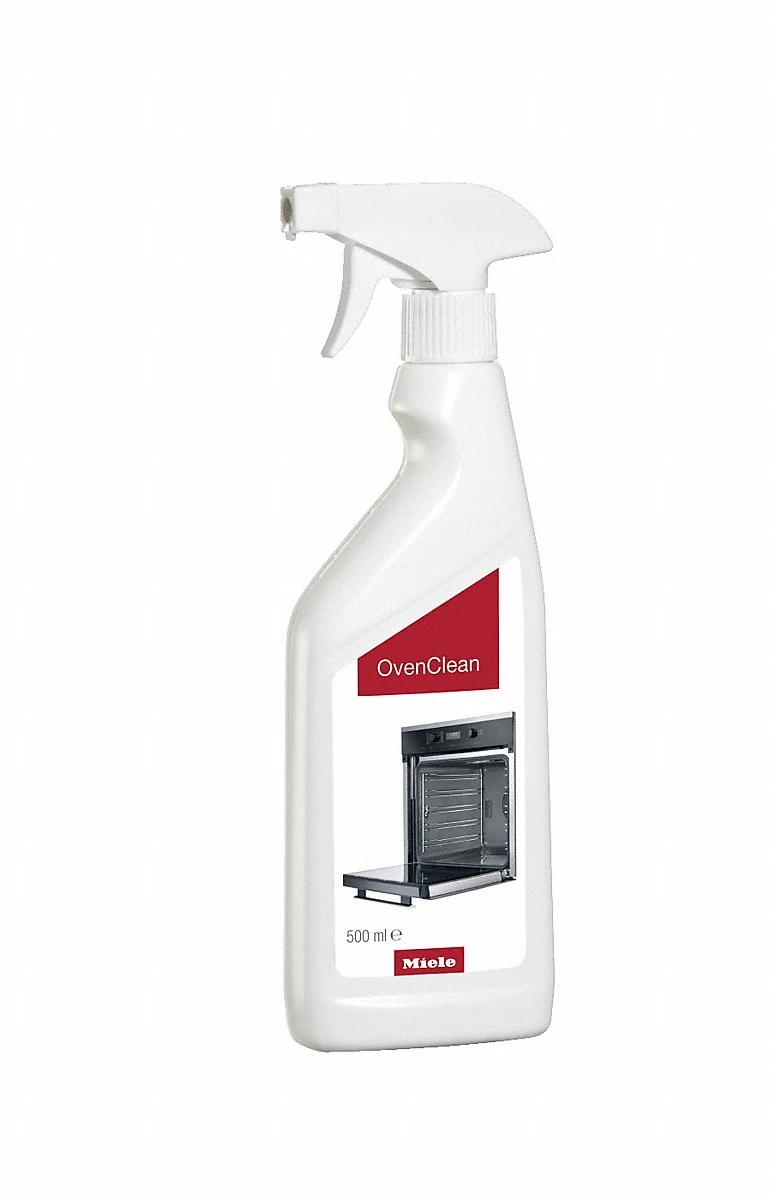
![[Zweite Wahl] Bauknecht HIS5 EP8VS3 ES Einbau-Backofen Schwarz [Zweite Wahl] Bauknecht HIS5 EP8VS3 ES Einbau-Backofen Schwarz](https://www.mykitchens.de/media/d2/70/e3/1728715323/bauknecht-his5ep8vs3es-einbau-backofen-produktbild-01.webp?ts=1728715323)
![[Zweite Wahl] Miele H 7164 BP Einbau-Backofen Edelstahl/CleanSteel [Zweite Wahl] Miele H 7164 BP Einbau-Backofen Edelstahl/CleanSteel](https://www.mykitchens.de/media/e9/b0/c6/1728649824/miele-h7164bp-einbauherd-backofen-edelstahl-cleansteel-produktbild.webp?ts=1728649824)
![[Zweite Wahl] Miele H 7262 BP Einbau-Backofen Obsidianschwarz [Zweite Wahl] Miele H 7262 BP Einbau-Backofen Obsidianschwarz](https://www.mykitchens.de/media/70/a7/cc/1728649770/miele-h7262bp-einbaubackofen-obsidianschwarz-produktbild.webp?ts=1728649770)
![[Zweite Wahl] Miele H 7460 BP Einbau-Backofen Obsidianschwarz [Zweite Wahl] Miele H 7460 BP Einbau-Backofen Obsidianschwarz](https://www.mykitchens.de/media/0b/81/df/1728649800/miele-h7460bp-einbauherd-backofen-obsidianschwarz-produktbild.webp?ts=1728649800)
![[Zweite Wahl] Miele H 7560 BP Einbau-Backofen Edelstahl/CleanSteel [Zweite Wahl] Miele H 7560 BP Einbau-Backofen Edelstahl/CleanSteel](https://www.mykitchens.de/media/cc/fa/bc/1728649603/miele-h7560bp-einbauherd-backofen-edelstahl-cleansteel-produktbild.webp?ts=1728649603)
![[Zweite Wahl] Smeg SFP750POPZ Einbau-Backofen Creme [Zweite Wahl] Smeg SFP750POPZ Einbau-Backofen Creme](https://www.mykitchens.de/media/73/fd/cd/1728649414/smeg-sfp750popz-backoefen-produktbild.webp?ts=1728649414)
![[Zweite Wahl] Smeg SOP6902S2PN Einbau-Backofen Schwarz [Zweite Wahl] Smeg SOP6902S2PN Einbau-Backofen Schwarz](https://www.mykitchens.de/media/df/20/54/1728649406/smeg-sop6902s2pn-einbaubackofen-schwarz-produktbild.webp?ts=1728649406)
